In an interview published on the eve of Apple's "iPhone 12" launch event, Apple VP of platform architecture Tim Millet has explained some of the work that went into the A14 Bionic system-on-chip, and what it means for the future of Apple's chip designs.
Revealed in the iPad Air launch during Apple's first special event, the A14 is widely anticipated to make an appearance during Tuesday's "Hi, Speed" event, where Apple is expected to unveil its 2020 iPhone lineup. Millet offered more details about the A14's design and creation.
Made using a 5-nanometer process, the A14 packs in 11.8 billion transistors onto the chip, up from the 8.5 billion of the A13, with the changes enabling Apple to be more precise in how it uses the chip to shape the user's experience.
"One of the ways chip architects think about features is not necessarily directly mapping [transistors] to a user feature in the product so much as enabling the underlying technology, like software in the graphics stack to be able to leverage a new capability in the GPU, said Millet to Engadget. "That will inevitably come as a visual feature in a game, or in a snappy transition in the user interface."
The expansion of the Neural Engine to 16 cores instead of 8 cores brought up the question of why Apple elected to devote transistors there and not budgeted for more GPU or CPU performance, which Millet suggests is down to how Apple views the feature.
"We saw the opportunity to do things that would have been impossible to do with a conventional CPU set," he explained. "You could in theory do many of the things the Neural Engine does on a GPU, but you can't do it inside of a tight, thermally-constrained enclosure."
Apple also had to balance power and energy efficiency, on which Millet says Apple erred towards efficiency, since it "applies to every product that we build." By working on making chips power efficient as a focus, it doesn't need to work on making the same chips efficient in different ways for an iPhone over an iPad.
Turning to its future of chip designs, Apple is keen to build and reuse its ideas. "Ultimately, we want to make sure that when we build a CPU for one generation, we're not building it necessarily for one," advised Millet.
An example of this is in the X and Z versions of the same chips that are used in the iPad Pro lines, as they are fundamentally tweaked and added-to variants of existing chip designs. Apple also builds to make the chip architecture "parameterized," making it potentially scalable to other hardware, like an Apple Watch.
One potential upcoming example of this would be Macs with Apple Silicon, with the first public launch of a Mac using the chips expected before the end of 2020. Developer kits used a Mac mini equipped with an A-series chip, which suggests the same chip designs may be in use for that product line.
In another interview from October 5, Millet discussed the progression of machine learning, including the closeness of working with Apple's software team and the importance of Core ML.
 Malcolm Owen
Malcolm Owen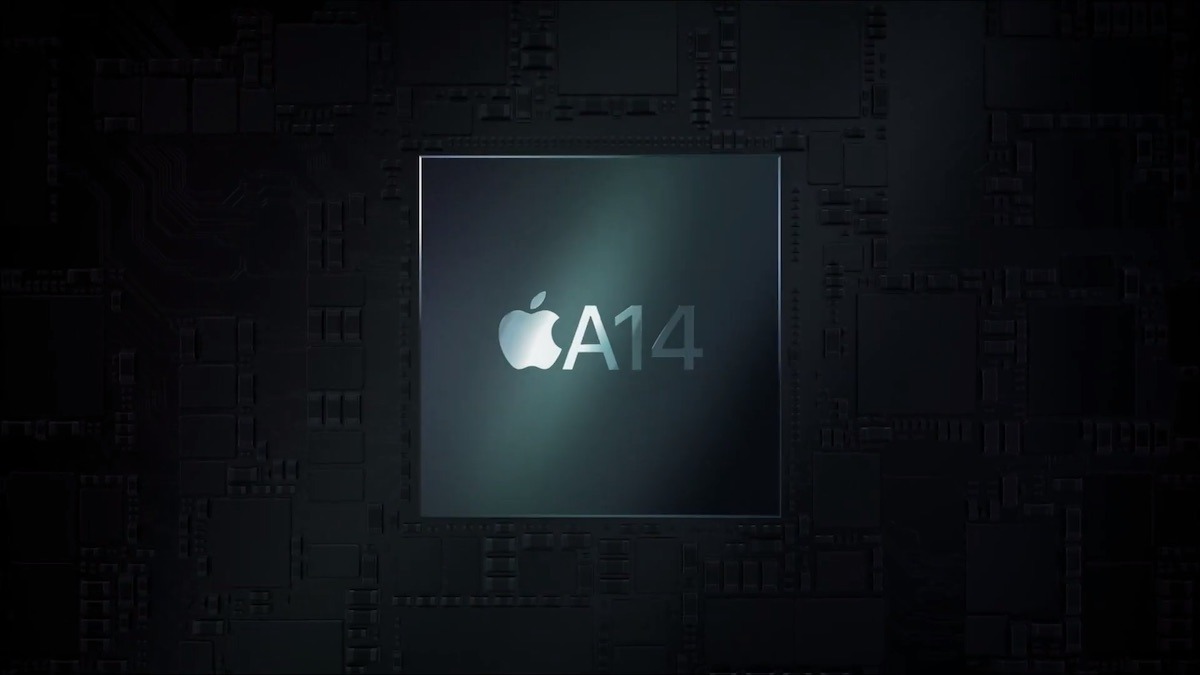







-m.jpg)





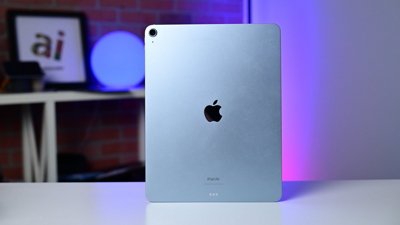
 Andrew Orr
Andrew Orr
 William Gallagher
William Gallagher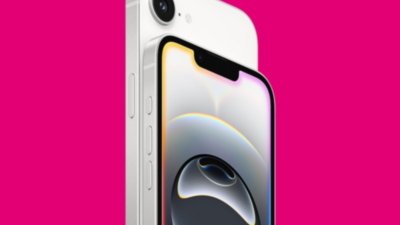
 Sponsored Content
Sponsored Content
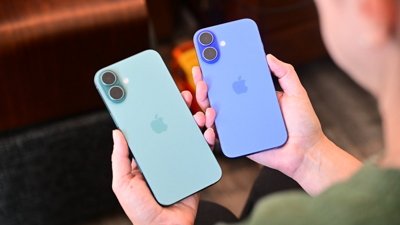

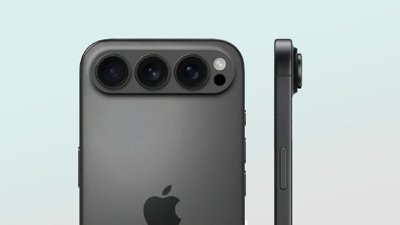

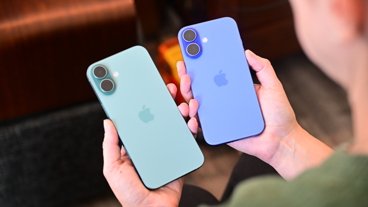







30 Comments
Snappier. It’s gotta feel snappier.
Great read, but not much new stuff. Was hoping to hear more about Mac SoCs.
Speaking of which... Who else thinks that with these upcoming ASi Macs we’re going to lose the ability to customize for performance? Today I can buy an iMac with an i5, i7, or i9, but only because Apple can just buy those from Intel. Will Macs move to a more iOS device type of customization, where performance differences are marked by generation, not variant (expect of course for the AnX/AnZ)?
There are currently 4 Mac categories to design SoCs for: consumer desktop, consumer mobile, pro desktop, pro mobile. So that’s already at least four variants on the same generation SoC. Is Apple going to be able to make multiple SoCs for each category so that there’s a method of choosing more or less performance in CPU/GPU?
Or is it going to be... Here’s an iMac... choose your display size, storage and memory, that’s it!
"
Two things.
1. There are a lot of AI features on mobile and this will increase in the future. You offload those AI features to their own chips for the same reason that floating point math was offloaded at one time and graphics and security functions are offloaded now. Separating the specialized functions allows for botth the specialized and generalized functions to run better.
2. The other companies involved in AI - Microsoft, Amazon, Google - are using the cloud for AI. Apple lacks their cloud prowess and infrastructure so they are trying to compete using hardware. Apple is going to either aim to provide more AI functionality locally than the competition can provide using the cloud - which should be possible in theory so long as Apple can come up with applications for it - or provide similar AI functionality but with more "speed, security and privacy" than shipping AI queries and results back and forth over a 5G connection.
While it isn't this way on PCs - yet - go ahead and accept that going forward there are going to be 3 main processing units in mobile: CPU, GPU and AI.